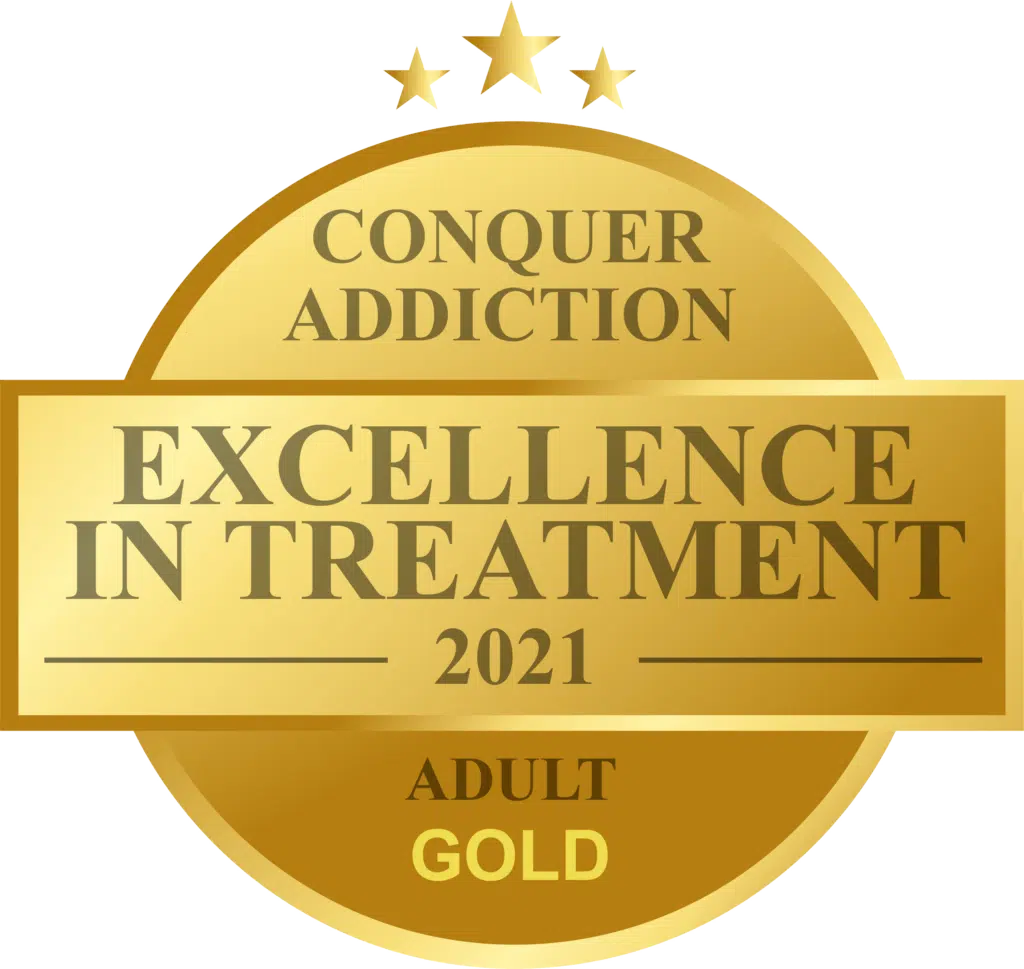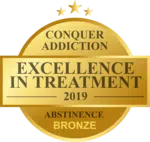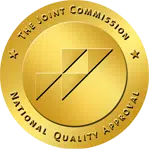Entering into recovery opens new paths in life and new understandings. One of the difficult parts of understanding can be all of the new words and acronyms that fly around. Going through detox and subsequent recovery can be hard enough without so many new things to learn. However, some things are not only well worth learning about but also help the brain’s capacity to learn and function. So what is EMDR and how is it used?
Eye Movement Desensitization and Reprocessing (EMDR) is one of those helpful tools used within recovery. Therapists use this tool to help the brain reprocess past trauma, which helps promote physiological healing and the brain’s ability to process new information and events. That is one acronym that is worth remembering.
EMDR Explained
The concept of EMDR was developed in the 1980s and has increased in efficacy as therapists utilize it increasingly. It is an interactive therapeutic method that utilizes guided eye movements or auditory stimulation while recalling past trauma. The concept is that the eye movement allows the person to reprocess the traumatic event very quickly, changing the association with the event from one of pain or fear to a more positive association.
The process could be compared to a computer. Whereas many files are stored correctly and opennormally, sometimes files have the wrong extension or become corrupt, and do not open normally. By changing the extension or replacing the corrupt file, that file is easily accessible and modified once again.
Within the treatment process, there is a very specific method for EMDR which requires specialized training. The person is asked to identify and recall images and associations from past trauma. While using the eye movement, the therapist can guide the person with words through the reprocessing of the traumatic event. The process is kind of like changing a file extension, only it takes two people for it to work. When the reprocessing is complete, many people report an immediate sense of relief or feeling of safety in relation to that event.
EMDR is powerful because the reprocessing occurs very quickly, as it is a physiological method rather than a psychological method of treatment. What can take some people years to heal from in talk therapy can be healed in a single session with EMDR.
Why Healing from Trauma is So Important
EMDR is most commonly used to treat trauma, especially Post-Traumatic Stress Disorder (PTSD.) When there is unresolved trauma, especially from childhood, or if there is PTSD, then the brain can replay the events or the negative emotions associated with the trauma over and over again. This can impact the brain’s ability to process new events or information, causing perpetual pain or discomfort in many situations.
Healing from trauma is especially important within substance addiction. Not only because the brain is playing that scary movie over and over, but because our reaction to it is often to turn to substances for relief or escape. It is one thing to put mind over matter and become sober. But it is another thing to change the scary movie and give the mind the power to change the story altogether. By removing the initial cause for substance use, there are fewer obstacles to recovery and more long-term success.
EMDR in Residential Treatment
Residential treatment is an ideal situation to utilize EMDR. Because it deals with powerful emotions and memories, it is optimal for the person to have access to staff for emotional support around the clock.
When this powerful tool is combined with all of the other treatments, tools, and methods within a residential stay, it increases the efficacy of all of the practices. Putting another tool in the recovery toolbox empowers the person with more strength and versatility, allowing each person to learn to navigate their life with greater success.
Benefits of EMDR in Treating Addiction
There is an increasing number of studies that cite significant improvement amongst people in recovery who are treated with EMDR. One of the benefits is increased mental and emotional stability. When the brain is very literally and physically healed, it is easy to see why stability would also improve. Having the mental and emotional strength to face the life-altering changes to body, mind, and soul within recovery is vital, particularly in finding and keeping balance.
The use of EMDR also helps to prevent relapse, as proper brain processing facilitates consistency in thoughts and behaviors. This, in turn, promotes successful recovery from addiction, even if the substance use has been long-term. Giving the brain the ability to reprocess events that have caused pain and discomfort can be a game-changer. It is a very helpful tool in both healing and influencing whole life changes.
While not every person is a good candidate for using EMDR, it can be a very important tool in recovery for many. If you suspect that trauma or PTSD was the stimulus for your substance abuse, then you will want to find a residential treatment facility with experience in treating trauma. At AToN Center, licensed and experienced therapists use EMDR and many other methods to heal your past trauma. In doing so, it literally frees your mind to process life more clearly.
Find all of the tools you need to recover in a luxury setting with personalized care to meet your individual needs. Call AToN Center at (888) 813-5928 to free your mind.
Originally posted on December 8, 2019 @ 7:29 pm

















